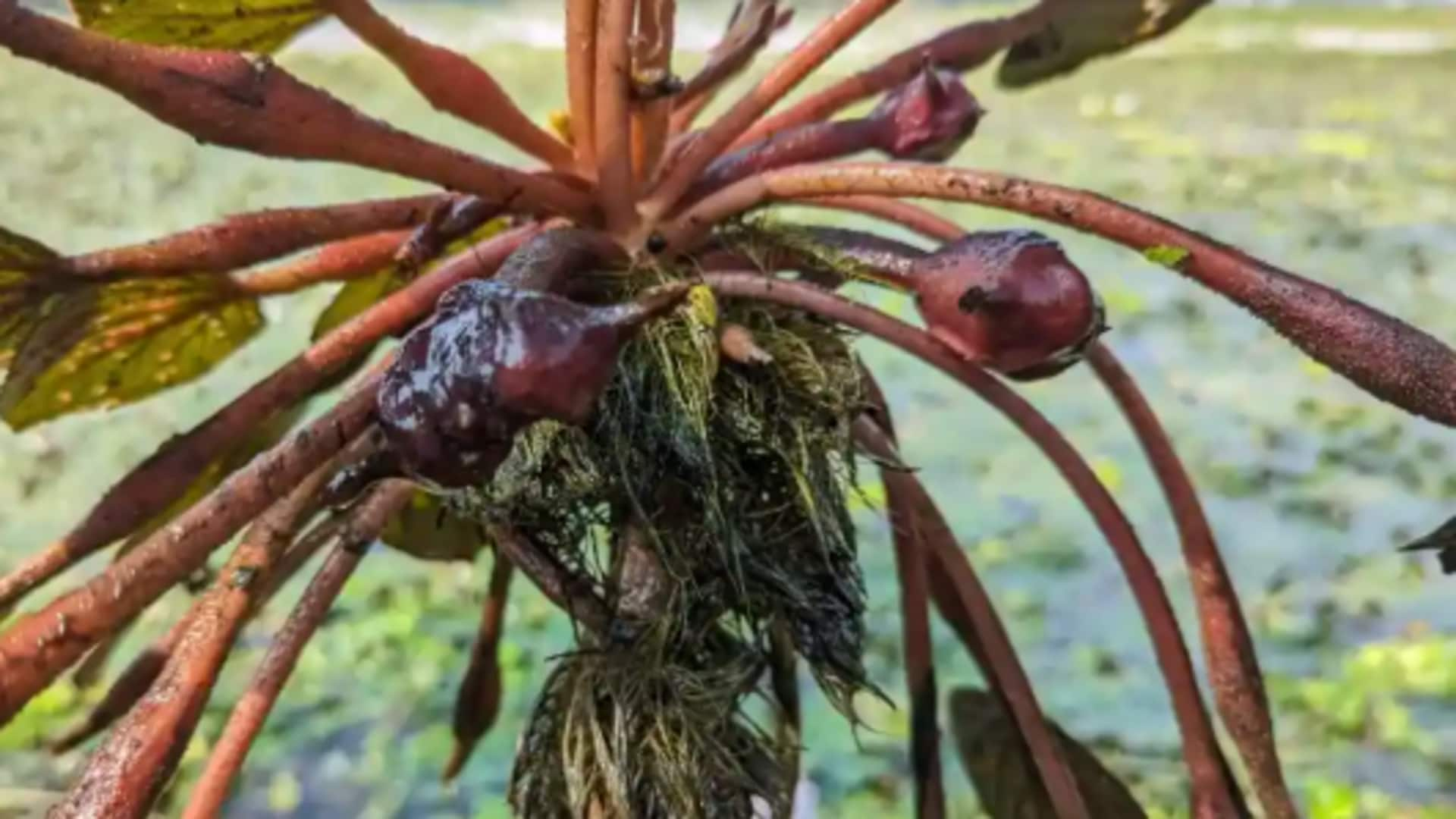
How to grow water chestnuts at home
What's the story
Growing water chestnuts in containers is an easy way to enjoy fresh produce at home. These aquatic plants thrive in shallow water, making them ideal for container gardening. With the right setup and care, you can grow these crunchy vegetables even in limited space. Here are some practical tips to help you successfully cultivate water chestnuts in containers.
Tip 1
Choosing the right container
Selecting an appropriate container is essential for growing water chestnuts. Choose a large, wide container with a minimum depth of 12 inches to allow the roots to spread. A plastic or wooden tub works well as it retains moisture effectively. Ensure that the container has no drainage holes, as water chestnuts need standing water to grow.
Tip 2
Preparing the planting medium
The planting medium is key to growing healthy water chestnuts. Fill the container with a mix of loamy soil and organic compost, leaving about two inches of space from the top. This combination provides essential nutrients and retains moisture well. Before planting, soak the soil thoroughly so that it is evenly moist but not waterlogged.
Tip 3
Planting water chestnut seeds
Water chestnut seeds should be planted in spring when temperatures rise above 70 degrees Fahrenheit (21 degrees Celsius). Plant them about three inches apart by burying them two inches deep into the soil mix. Cover them lightly with soil and water gently to settle everything into place.
Tip 4
Maintaining optimal growing conditions
To ensure optimal growth, keep the water level in your container at least four inches deep at all times. Add water regularly to prevent it from evaporating quickly under sunlight exposure. Fertilize every four weeks with an all-purpose liquid fertilizer diluted according to package instructions, ensuring even distribution around each plant base without over-fertilizing.
Tip 5
Harvesting your crop
Harvesting is usually done between late summer and early fall when leaves start turning yellowish-brownish hues. Gently pull out individual corms from beneath the surface using hands or tools, if necessary, taking care not to disturb surrounding plants too much during the process.